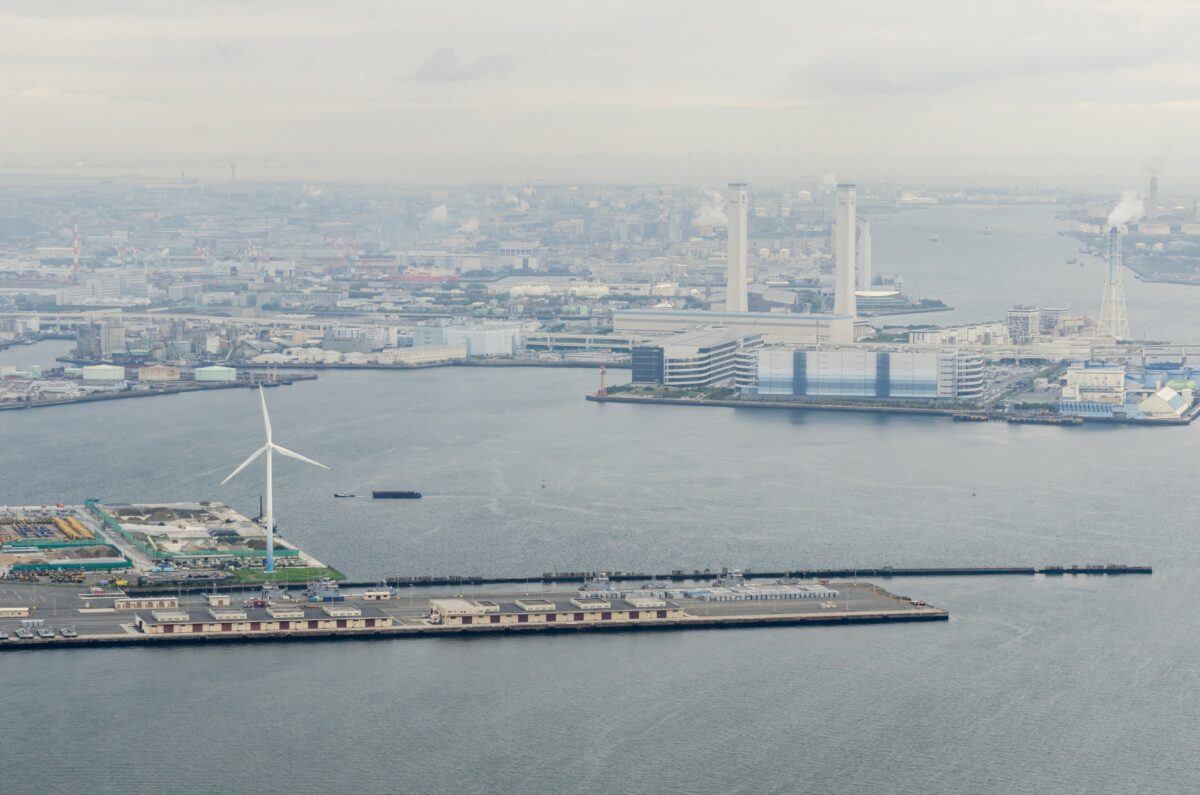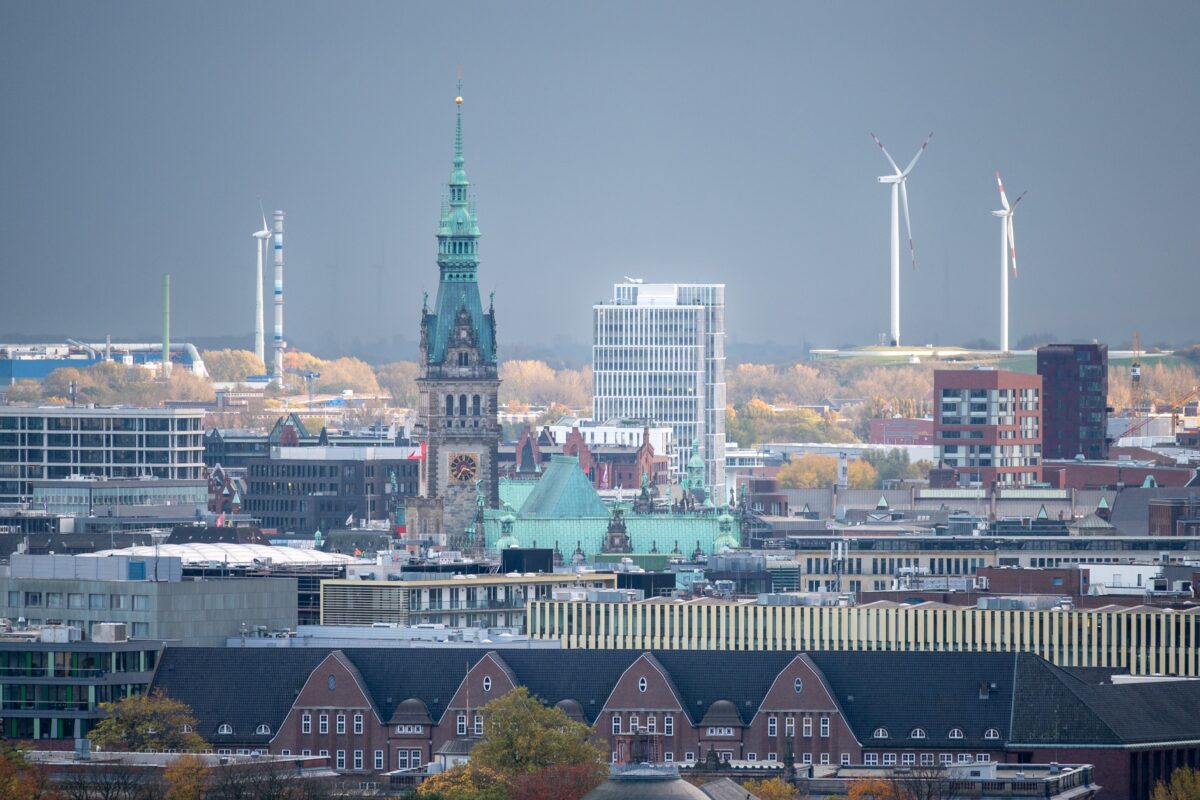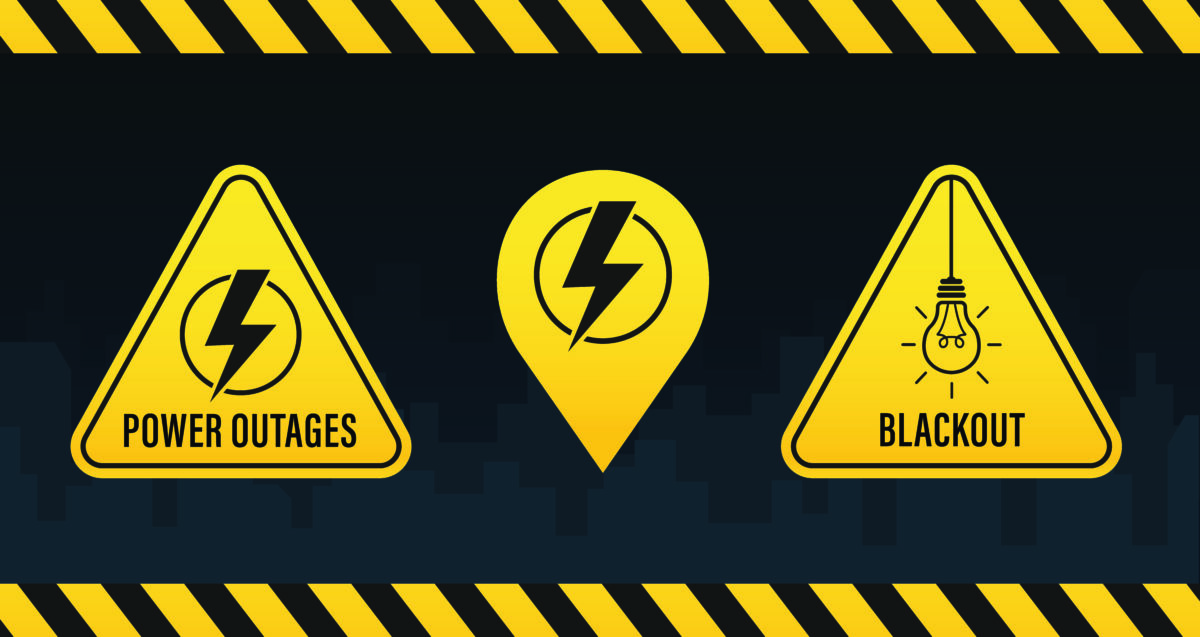Usually, when we think about wind turbines, we picture big systems located in open fields or offshore locations. Nowadays, we may also spot wind turbines, albeit smaller, integrated into city spaces, a trend referred to as Urban Applications of Small Wind Turbines. As urban areas are looking for cost savings and more sustainable city energy solutions, smaller wind turbines are emerging as a promising option to meet the city’s power demands. In this article, we will explain both the benefits of wind energy in urban areas, as well as the challenges that it faces.
Challenges in Urban Wind Energy Integration
City Density
Despite its great potential, wind turbines in cities have to face many obstacles. Of course, the main problem may be the dense construction of cities, which doesn’t allow for free wind flow. Tall buildings standing near each other create chaotic airflows, which poses a challenge for traditional wind turbines and their efficiency. Usually, they require a steady wind flow to produce the right amounts of energy, which may be impossible in many cities.
Space Limitations and Height Restrictions
In rural or coastal areas space is not an issue. Of course, in cities, it becomes a big obstacle, especially for traditional wind turbines. While rooftop installations are possible, in many cases height restrictions don’t allow for wind turbine systems. Because of that wind turbines have to face both space limitations and high regulations.
Laws and Regulatory Hurdles
Height restrictions are not the only laws that wind turbines have to face. Different cities may have many different laws regarding the installation of these types of systems. Some may concern buildings on which wind turbines can’t be mounted on, and some whole neighborhoods, different may specify which types of systems can be used. It’s important to educate oneself on this subject before investing in wind turbines.
Noise and Aesthetics Concerns
Limited space is not the only obstacle standing between wind turbines and cities. They also need to get residents’ approval, which can be challenging. The main concern is the noise and aesthetics of wind turbines. While many advancements have been made in both regards, some residents are still cautious and scared about the presence of wind turbines in their neighborhoods. While most people are on board with renewable energy sources, not everyone wants them in their own „backyard”.

Innovative Solutions for Urban Small Wind Turbines
For all the challenges that wind turbines have to face, fortunately, there is one main solution – installing a small-scale wind turbine. While, of course, they generate less power than their bigger counterparts, they also don’t have to face the same problems.
One of the biggest advantages of smaller wind turbines is their size, of course. While it will depend on their capacity, usually they are the perfect height for fitting seamlessly into city landscapes. These compact wind turbines, representing Urban Applications of Small Wind Turbines, can fit onto rooftops, smaller spaces between buildings, and in other urban settings. Because they vary in capacity and size, we can always choose the one that fits our needs and space.
Their size also means that they don’t disrupt the aesthetics of the neighborhood, which alleviates many residents’ concerns.
Small wind turbines also resolve other concerns of residents: noise. New designs mean that wind turbines are a lot quieter. They can produce energy without making a lot of noise, which makes them ideal even for densely populated neighborhoods.
Explore how Freen’s small wind solutions can power urban spaces sustainably—contact us for more information.
The Benefits of Small Wind Energy in Urban Areas
Despite the challenges, incorporating wind turbines into urban settings brings unique benefits and opportunities for architectural innovation. Small wind energy offers a clean, renewable energy source, reducing reliance on fossil fuels and lowering greenhouse gas emissions—a crucial step toward a greener future.
Of course, we have to also mention the cost savings provided by small wind turbines. With rising energy prices and uncertainty in the future, cities look for cost savings in every aspect of powering the city, for example, lighting the streets or heating municipal buildings. With the help of small wind turbines cities can save a lot of funds over the years and fund other projects.
Amongst benefits of wind turbines in urban environments one of the most important ones is lessened reliance on the grid. It’s especially crucial in urban areas with older energy infrastructure, where power outages are happening regularly. Wind energy allows for satisfying the needs of residents, even when the traditional grid fails.
Beyond their practical benefits, wind turbines can also serve as powerful examples of sustainability and progress, enhancing the city’s image as forward-thinking and eco-conscious. Their presence can inspire creativity in architecture, encouraging designs that interact with and adapt to wind dynamics.
Vertical Axis Wind Turbines for Urban Applications
While in some cases VAWTs may be less efficient than horizontal axis wind turbines, they are usually a better solution for urban settings. Their lower tip speed allows for noise reduction in wind turbines, which is very important for systems operating in cities. They also handle high turbulence very well. It’s a big plus for city environments where wind patterns are often unpredictable. One of the standout features of VAWTs is being omnidirectional, meaning they can capture wind from any direction with minimal loss of efficiency. This adaptability makes them particularly effective in urban areas, where surrounding buildings and structures can cause constant shifts in wind direction.
Discover efficient, low-noise wind energy solutions for cities—schedule a consultation with Freen’s team today.
Freen’s Advancements in Urban-Friendly Wind Technology
Our goal at Freen is to produce wind turbines that can be integrated into both rural and urban areas. We want renewable energy sources to be available to everyone: homeowners, residents of high-rise buildings, small businesses, and manufacturing facilities. That is why while designing our turbines we make sure they are both compact and adaptable to different kinds of spaces. Our engineers also constantly work to make the power generation process as quiet and their visual design as integrative as possible. Because we work with high-quality materials, our turbines can withstand chaotic wind patterns and don’t need much maintenance and repairs.
Small wind turbines from Freen can contribute to the energy independence of cities and lower their carbon footprint. They are a cost-saving tool for urban areas, which will bring a visible reduction in energy prices, as well as a positive example of renewable energy for cities.

Real-World Use Cases: Small Wind in Cityscapes
Pearl River Tower, Guangzhou, China
Pearl River Tower in China is an example of building-integrated wind turbines. This 71-story building was designed with flow openings. Inside this project, there are four vertical axis wind turbines. They are designed to produce 8 kW of energy at 25 m/s wind speed. Because they only take up 10 square meters, they are also very compact.
The orientation of the building is parallel to the wind direction in the city. This alignment allows for maximizing the power output of the turbines. What’s more, the Pearl River Tower was designed with a concave wall on one side. It also has a convey wall on the other. This design enables wind flow through the openings.
This building is a perfect example of green energy for cities and projects that are planned with renewable energy sources in mind from the very beginning. As a result, its design is tailored to the needs of wind turbines, improving their overall efficiency and overcoming challenges with small wind energy.
The Future Of Urban Applications of Small Wind Turbines
Despite some obstacles, smaller wind turbines are a very promising opportunity for cities. They may be the chosen renewable energy solution that will help cities reach their sustainability goals. It’s all thanks to their ability to integrate into urban architecture. Their compact design means that they will fit seamlessly on rooftops, in-between buildings, or in parks and squares. Combined with low noise pollution and versatile use of wind energy, they can bring many benefits both for residents and the whole city administration.
In the future cities architects and urban planners will design buildings with renewable energy solutions already in mind, making them even more efficient and visually pleasing. Small wind solutions for urban areas will become more popular and available, improving the sustainability of cities neighborhood by neighborhood. Not only will they bring cost savings to city administrations, but also make them more independent in the energy department and more resilient to an uncertain future.






